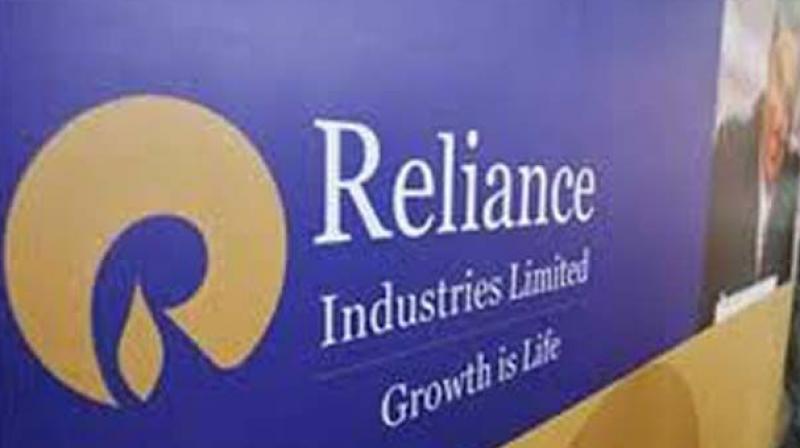RIL\'s tax liability to fall by 4 percentage points: Morgan Stanley

New Delhi: Reliance Industries' earnings growth is starting to be de-risked, amid improving earnings growth clarity, better refining margins, lower tax rate, and cheaper gas feedstock costs, global brokerage Morgan Stanley said noting that company's tax liability will reduce by 4 percentage points following cut in the corporate tax rate.
The shares of Reliance Industries surged as much as five per cent after Morgan Stanley said lower taxes and cheaper gas feed costs should de-risk outlook and boost earnings.
The stock was trading at Rs 1,285.55, up nearly 4 per cent over the previous close, on the BSE at 1245 hrs after scaling a peak of Rs 1298.55.
"Rising clarity on 2020 growth; top pick in south Asia: RIL's earnings growth is starting to be de-risked as headwinds of 1H19 turn and become key tailwinds in 2020," it said.
The brokerage went on to list the reasons for its assessment -- rise in refining margins with improved demand and slower capacity growth; cheaper gas costs and improved margins from a slowdown in petrochemical capacity growth in 2020, in particular for polyethylene, supporting the rise in chemical margins; and telecom subscriber adds remain steady.
"There is increased evidence of these factors playing out, which should raise investor confidence on the 17 per cent EPS growth we expect over F2019-21," Morgan Stanley said.
As one of the most complex refiners, RIL should be the biggest beneficiary in Asia from International Maritime Organization (IMO) regulations that from January 2020 bar use of fuel with more than 0.5 per cent sulphur in ships. This will lead to a rise in diesel demand.
On the impact of last week's announcement of a reduction in the corporate tax rate, Morgan Stanley said: "We estimate a 400 basis point reduction in the consolidated tax rate RIL's businesses paid in F2019 of 29-35 per cent, much higher than the new corporate tax rate of 25.2 per cent.
"RIL also has deferred tax liabilities of USD 6.5 billion as of F2019, which could reduce with a lower tax rate."
The company's retail and telecom business currently pay an effective tax of 34.9 per cent and its consolidated effective tax rate comes to 27.9 per cent.
The brokerage said the company's target of zero net debt by FY2021 will help lower investor concerns about debt, which had increased steadily over the past seven years.
"We turn more bullish on RIL as earnings growth clarity improves with better refining margins, lower tax rate, and cheaper gas feedstock costs. This, combined with a reduction of balance sheet leverage, should de-risk earnings growth and increase investor confidence on the 17 per cent earnings CAGR seen for 2019-22, which is amongst the top quartile vs its regional energy and telecom peers," it said.
As the January 1, 2020 IMO implementation deadline approaches, diesel margins have risen 9 per cent since end-2018 and gasoline margins have improved as refineries try to maximise diesel output by lowering gasoline output.
"Cheaper gas prices should keep RIL's operating cost inflation low," it said. "RIL has highlighted its plans to lower debt by 2021 as it divests assets and slows its investments. We estimate a 40 per cent reduction in capex by F2021 (from F2019 levels) and near breakeven FCF."
FCF is free cash flow.
Also, India's ban on plastic could lower demand for polyester/polymer by 200-300 basis points over the medium turn, it added.

